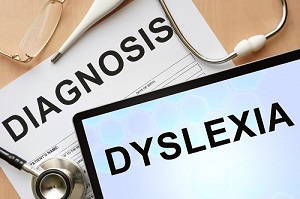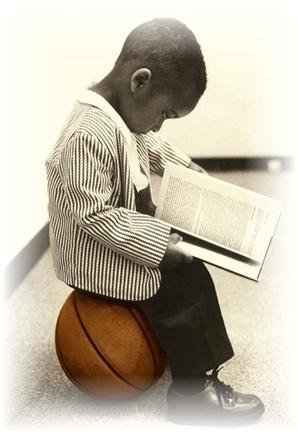 Dyslexia is a specific learning disability that is neurological in origin that specifically impairs a person’s ability to read. These individuals often read at levels considerably lower than expected despite having normal intelligence. Varying in degrees of severity, Dyslexia can be inherited in some families. Dyslexia is characterized by difficulties with accurate and/or fluent word recognition, poor spelling and decoding abilities.
Dyslexia is a specific learning disability that is neurological in origin that specifically impairs a person’s ability to read. These individuals often read at levels considerably lower than expected despite having normal intelligence. Varying in degrees of severity, Dyslexia can be inherited in some families. Dyslexia is characterized by difficulties with accurate and/or fluent word recognition, poor spelling and decoding abilities.
These difficulties typically result from a deficit in the phonological component of language (the manipulation of sounds) that is often unexpected in relation to other cognitive abilities and the provision of effective classroom instruction. Secondary consequences may include problems in reading comprehension and reduced reading experience that can impede growth of vocabulary and background knowledge.
~ National Institutes of Health, International Dyslexia Association and World Federation of Neurology
Subtypes of Dyslexia

- Dyseidesia – This type of Dyslexia is very genetic which is associated with brain functions located in the angular gyrus of the left parietal lobe of the brain. A person suffering from this type of dyslexia will have poor sight-word recognition, contributing to a slow, laborious reading experience. Irregular words are both sounded out phonetically (laugh = log) and spelled phonetically (ready = rede). As a result of their condition, Dyseidetic Dyslexics often are more advanced in reading than in spelling.
- Dysphonesia – A type of Dyslexia associated with functions located in Wernicke’s Area of the left temporal lobe. A person suffering from this type of Dyslexia relies on sight recognition to read, being unable to sound out unknown words. During reading, words are either known or not known, and are often substituted or skipped when trouble arises. Words are learned by rote memorization, and cannot be spelled by their sound. Ear infections can cause some problems.
- Dysphoneidesia – A combination of Dyseidesia and Dysphonesia is also called Mixed Dyslexia. This is a combination of phonological and visual Dyslexia. Individuals with Mixed Dyslexia have severe deficits in reading as well as visual motor integration and working memory.
- Dysnemkinesia – Reversal problems in writing and printing stems from poor memory of motor movements and this type involves number and letter reversals. It involves the frontal lobe, left hemisphere for right handed and right hemisphere for left handed. This form of Dyslexia is less frequent than either Dyseidesia or Dysphonesia. The majority of Dyslexic individuals do not have a problem with letter reversals. In most cases, this form of Dyslexia can be corrected. Dysgraphia, difficulty with writing, and Dyspraxia, difficulty with motor skills, are names synonymous with Dysnemkinesia.